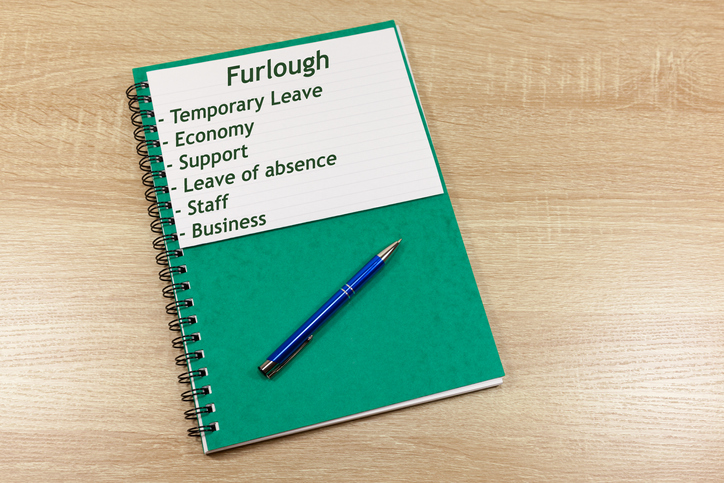The Chancellor of the Exchequer announced on Friday 29 May further details of the changes due to the Coronavirus Job Retention Scheme over the coming months. For full details of the original scheme, which runs until the end of July, please see our earlier article.
The scheme has now been extended so that it will no longer expire at the end of July, but will continue until the end of October. This is, however, subject to some amendments to how the scheme will operate and the flexibility it offers employers.
From 1 July 2020 businesses will be able to bring back furloughed employees on a part-time basis. The employer and the employee will need to reach an agreement in respect of those part-time hours, which should be recorded in writing, and the employer will need to pay the employee whilst they are at work. It is not yet clear whether pay for such hours will have to be calculated on the basis of the previous salary or whether pay cuts can be agreed. The government has promised further guidance by 12 June. The government will continue to contribute to the employee’s salary for any unworked hours.
In addition to this change the level of the government grant provided through the job retention scheme will be reduced and tapered with effect from 1 August. The changes can be summarised as follows:
- June: No change. The government will continue to fund 80% of people’s salaries up to a cap of £2,500, as well as the associated employer National Insurance and minimum pension contributions.
- July: The government will continue to fund 80% of wages up to a cap of £2,500, as well as the associated employer National Insurance and minimum pension contributions, for any normal hours not worked.
- August: The government will still pay 80% of wages up to a cap of £2,500, but employers will be required to meet the associated employer National Insurance and minimum pension contributions, for any normal hours not worked.
- September: The government will pay 70% of wages up to a cap of £2,187.50 and employers will be required to pay the further 10% of wages together with employer National Insurance and minimum pension contributions, for any normal hours not worked.
- October: The government will pay 60% of wages up to a cap of £1,875 and the employer will be required to pay the further 20% of wages together with employer National Insurance and minimum pension contributions, for any normal hours not worked.
The above caps will be proportional to the hours not worked.
It is anticipated that the scheme will then terminate at the end of October.
It is important for employers to note that the scheme will close to new entrants from 30 June. From this point onwards employers will only be able to furlough employees that have already been furloughed for three weeks prior to 30 June. Accordingly, any employees who have not been furloughed by 10 June at the latest will not be able to access the scheme. The number of employees that employers can claim for from 1 July onwards cannot exceed the maximum number they have claimed for under any previous claim. Also, if an employer has not accessed the scheme by 30 June at all then they will not be able to access it going forward.
Employers need to be aware that whilst the revised scheme offers enhanced flexibility, there are also restrictions in respect of the employees that can be eligible and there will be a gradual reduction in government support.
For practical advice on the coronavirus job retention scheme and how to furlough your employees or any of the other employment law implications of the coronavirus pandemic, please don’t hesitate to contact us.

